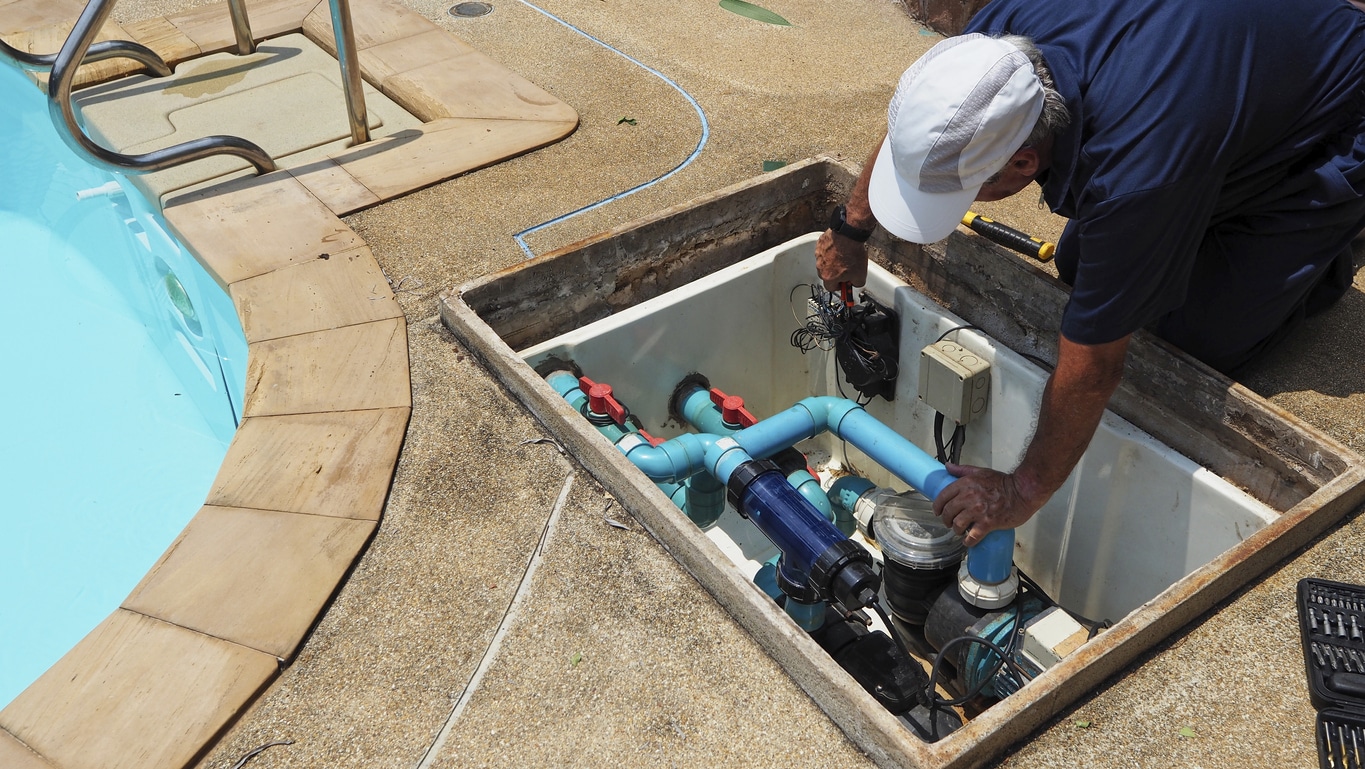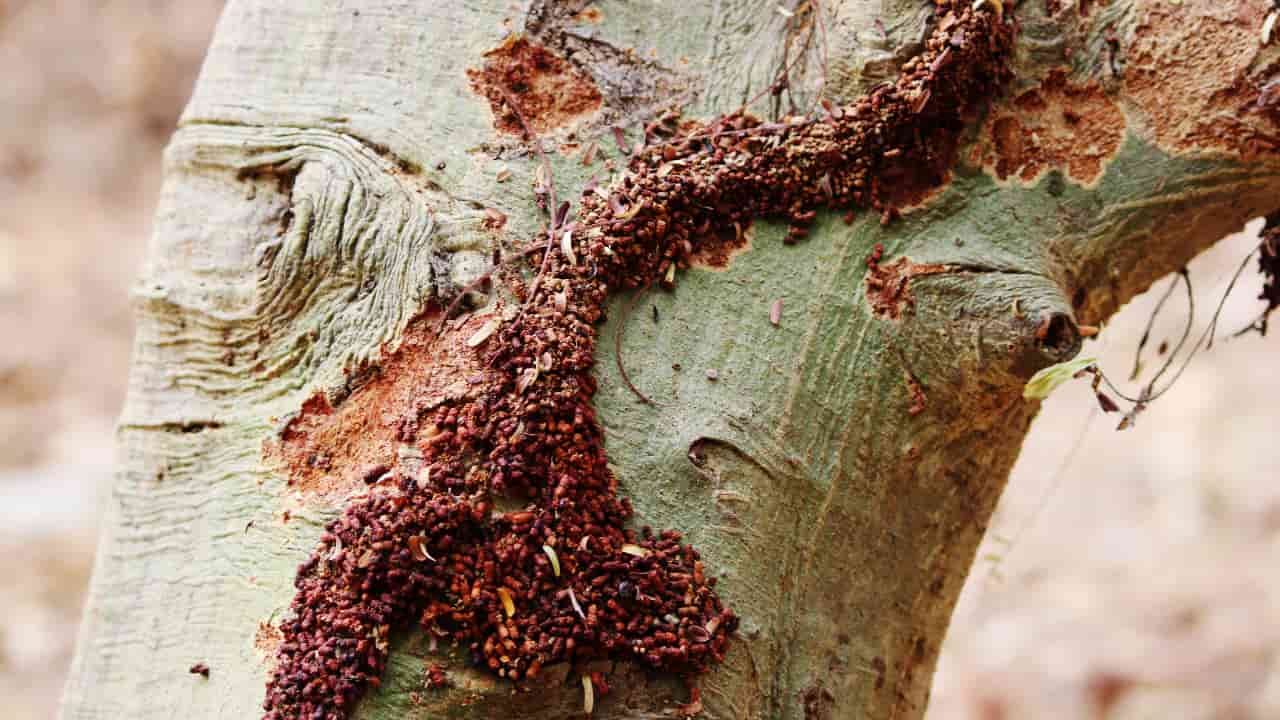How to Remove Blood Stains while washing on cloths, sheets, shirts, and jeans. Very simple as there are common problem that have been solved by several folktales, and generations of well-meaning people.
In this article we have developed a dependable and technique to on how to remove blood stains on any type of fabric by utilizing the finest concepts and conducting extensive testing.
Though these stains differ from one to another, therefore it requires a particular method due to its composition and robust protein strips.
Table of Contents
- New Period Blood Stains
- Our Piece Advice
- Some Actions To Avoid
- How to Tackle Difficult Stains
- How to Remove Blood Stains from Jeans
- How to Remove Old Blood Stains from Sheets
- How to Remove Blood Stains from Upholstery
- FAQs on How to Remove Blood Stains
- In Summary: How to Remove Blood Stains
- References
- Recommended Posts
New Period Blood Stains
Reaching the bloodstains as soon as possible is crucial to their successful removal. If you’re not at home and can’t take off the clothing, go to the closest sink and use a paper towel and cold water to blot the stain as much as you can to extract the pigment.
Rinse in a sink with cold water until the water runs clean if you are using cotton pads or period underwear. If you’re in public, it might not always be possible to rinse it out right away, but make an effort to do so as soon as you can.
Our Piece Advice
Our recommendation is to completely submerge and soak the clothing in cold water, if that is feasible. If at all possible, letting it soak overnight can be all that’s required for recuperation. Continue reading if the stain proves to be more difficult to remove.
READ: How Pilot Lights Work | Thing you don’t know
Some Actions To Avoid
There are several things to avoid while treating materials for bloodstains. They are crucial and can make the difference between the stain being removed and it staying in place indefinitely.
Wash, but avoid using heat to dry!
The cloth can be washed in a washing machine as much as needed, but don’t dry clean it until the stain is fully removed. Stains will become set in and difficult, if not impossible, to remove due to the heat from the dryer. Make sure the stain is still present by hanging dry the clothing and checking afterward. If need, retreat and rewash.
Just use cold water
Never wash blood in hot water. Only use cold water. Hot water can also establish protein stains, such as blood stains, making them more challenging to remove. The majority of stains should be treated in the opposite way, which is to say at the same temperature at which the stain was generated. In this instance, avoid using heat.
To rinse, wash, and hang to dry, always use cold water.
SEE ALSO: How to Clean a Swimming Pool: Quick Maintenance Guide
How to Tackle Difficult Stains
Regarding stain removal, bear in mind that different materials react differently to different treatments, and delicate goods like silk or lacy underwear will need to be handled with a bit more caution. You can experiment with a few techniques to see which one suits your needs the best. If one isn’t successful, try another.
To prevent unintentionally spreading the stain, apply all procedures working from the outside to the inside of the stain. When using a laundry brush or old toothbrush with extremely soft bristles, it’s important to use caution when agitating materials that are more sensitive.
Rinse by hand in cold water to get rid of as much blood as you can. If the blood has solidified, place it in a sink or bowl and soak it in cold water for a few hours before giving it a thorough rinsing. If required, repeat.
Simple Table Salt
Blood can be easily removed from fabrics using salt, especially those that are absorbent. Apply it sparingly or combine it into a paste, then leave it to dry. After the paste has dried, scrape it off and rinse with cold water.
Repeat until no more blood is absorbed if it helps but the stain still remains. Table salt is another option for the wash. You can also use saline if you wear contact lenses and are unfortunate enough to run out of salt.
Baking Soda
You can apply a paste made of baking soda and water to the stain. After letting the paste dry, rinse it with cold water, just like you would with salt. If necessary, repeat.
SEE: Painter’s Tape vs. Masking Tape: What’s the Difference?
Liquid Laundry Detergent or Soap?
Try wiping the stain with a light bar soap, stain stick, hand soap, or detergent if it’s recently stained. To aid in removing the stain from the fibers, rub the fabric together. Another option is to let the soap linger for 15 to 30 minutes before washing with cold water.
You can apply an enzyme-containing stain remover (of any kind you can get at a general store) on the stain. Let it sit for a minimum of ten minutes and then rinse with cold water. If required, repeat.
Do not use scented soaps on cloth pads or synthetic textiles. Fragrances seep into the fabric and could hinder its ability to absorb in the future. It may also lead to problems with skin sensitivity.
Saliva
Unbelievably, you can try using spit if the stain is really minor. After applying to the stain on both sides, leave it overnight. Thoroughly rinse with cold water.
Although it may sound absurd, spit contains a digestive enzyme that breaks down blood, although slowly. This works best in tiny spaces and is less effective in larger ones.
Simple Meat Tenderizer
Try using a meat tenderizer, which has an enzyme that breaks down protein, if the blood is spread across a big region. Apply a layer of tenderizer to the stain after wetting it with cold water. After letting it sit for 15 to 30 minutes, give it a quick rinse with cold water.
RELATED: Can You Put Screws in Concrete?
Try Aspirin
Two aspirins should be crushed, dissolved in a cup of warm water, and applied to the afflicted area. After a few hours, let it sit and wash as normal. Salicylic acid will assist in removing the discoloration. Additionally, you can use less water to create a paste that can be applied to the stain.
Oxygen Dissolve
Add the clothing to hot water that has been dissolved with oxygen bleach (see the manufacturer’s directions on the packaging for how much to use). Soak for the entire night. As usual, wash.
Hydrogen Peroxide
Hydrogen peroxide is the last thing to attempt if none of the aforementioned advice works. As a last option, hydrogen peroxide should only be used on fabrics that are particularly delicate or bleachable.
White or light-colored materials lend themselves best to this technique. Try dabbing some hydrogen peroxide on a discrete spot of the fabric before applying it to the stain if you are working on colored fabric.
It should fizz and bubble when applied to blood-stained surfaces. After letting it sit for roughly thirty minutes, rinse with cold water. Make sure it doesn’t remain on the fabric for too long.
Never Forget This!
Wash the item of clothing in cold water, let it air dry, and then check to see if the stain has disappeared for the most part. If necessary, repeat the treatment. Try again if you don’t succeed the first time. Furthermore, although these suggestions might be helpful, occasionally period stains are an inevitable aspect of using reusable period products.
Sometimes you have to use several passes or different approaches to remove all of the discoloration. Perseverance and patience can truly pay off.
How to Remove Blood Stains from Jeans
Blood stains can be effectively removed from cloth with distilled white vinegar, especially if the spots are still fresh. Apply a solution of one part vinegar to two parts water to the stain, letting it soak for ten to twenty minutes. Rinse, blot, or repeat as needed using a damp cloth.
How to Remove Old Blood Stains from Sheets
Just mix baking soda and water to produce a paste, then apply it to your stain. The baking soda will extract the blood stain from the sheet as the mixture dries. Rinse the sheet after 30 minutes and repeat if needed. After the stain is gone, wash the linens in cold water once again.
How to Remove Blood Stains from Upholstery
All you have to do is dampen a cloth with cold water, add a drop or two of soap, and gently dab the area until the blood disappears. Use a more potent cleaning solution, such as vinegar or hydrogen peroxide, if the stain is obstinate. To ensure that it doesn’t harm your furniture, test it first on a tiny area.
FAQs on How to Remove Blood Stains
Dot the stain directly with a tiny amount of hydrogen peroxide. After five minutes, remove it with a paper towel. Until the stain disappears, gently rub with a fresh, damp microfiber cloth. Until all of the hydrogen peroxide has been removed, rinse the area with cool water.
Can bloodstains be removed with salt? Indeed, blood stains can also be removed with salt. Using a small amount of cold water, make a paste and apply it to the stain. Before you rinse it again with cold water, let it sit for at least thirty minutes.
This is a simple procedure that works well for small to medium-sized discolored areas. To remove the blood stain, just dab a small amount of toothpaste onto it. After letting it dry fully, give the cloth a cold water rinse. Repeat the procedure on the impacted region if the stain is still present on the sheets.
Blood stains can be effectively removed from cloth with distilled white vinegar, especially if the spots are still fresh. Apply a solution of one part vinegar to two parts water to the stain, letting it soak for ten to twenty minutes. Rinse, blot, or repeat as needed using a damp cloth.
In Summary: How to Remove Blood Stains
It’s unavoidable that blood will get on carpets, furniture, clothes, and other objects. With the correct approach, however, there’s a strong chance you can remove the stain.
Try to have the items you’ll need on hand in advance so you can react promptly in the event of a stain. Blood stains are easier to remove the sooner you take action.





